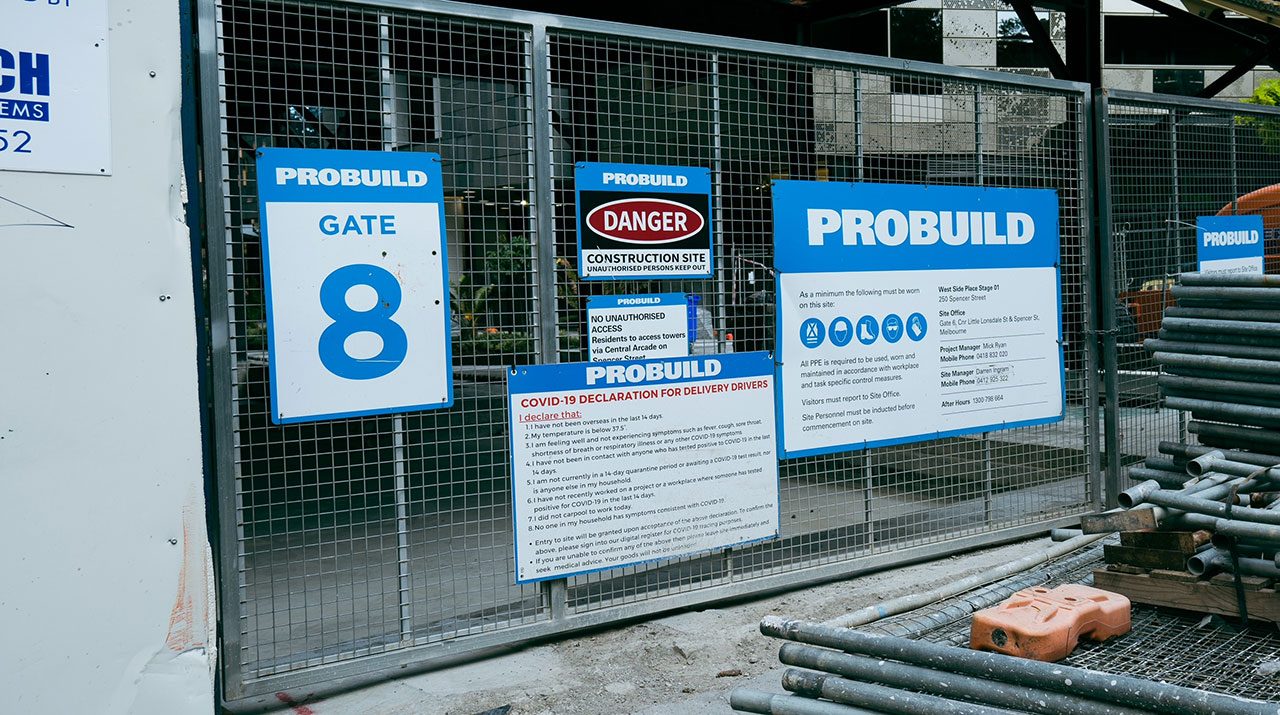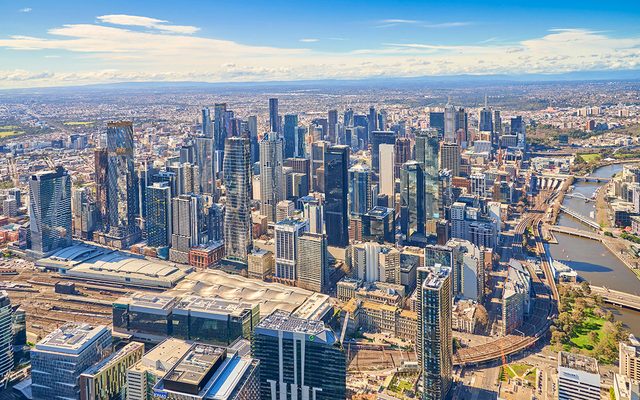This article is from the Australian Property Journal archive
AUSTRALIA’S construction sector rebounded in February after the Omicron variant halted supply chains and kept workers at home, although the availability of labour and materials will likely remain a problem through this year.
The Australian Industry Group/Housing Industry Association Australian Performance of Construction Index (PCI) improved by 7.5 points to 53.4 in February, indicating a recovery in activity across the construction sector following a sharp fall over the summer holiday period (readings above 50 indicate expansion in activity, with higher results indicating a faster expansion).
All four sectors rebounded following a return to more normal business conditions in February. House building activity expanded, up 18.3 points to 58.3, as did commercial building, up 19.3 points to 58.8 and engineering construction, up 6.3 points to 56.3, while the index for apartments lifted into stability in February (up 28.6 points to 50.0).
Activity increased 15.4 points to 56.5 and new orders by 7.7 points to 55.4, both returning to expansion.
Supplier deliveries contracted for an eighth month, albeit at a slower rate, up 7.5 points to 41.9.
The index for input prices remained high at 95.6, marking 12 months of extremely elevated results. Selling prices have also been elevated over 12 months, moving up 5.4 points to a series-high 86.8 points.
“With capacity utilisation at very high levels, employers from across the construction sector reported ongoing difficulties in filling positions particularly for skilled labour. These conditions, together with the rebound of new orders suggest further inflationary pressures in the period ahead,” said Peter Burn, chief policy advisor at Ai Group.
The average wages index reached a series high of 77.5 following six months of increased wages pressures, while the employment index moderated slightly, 2.2 points to 54.3.
The latest PCI was released on the same day the Australian Bureau of Statistics released dwelling approvals data for January that showed a 27.9% monthly decline, driven by a 43.6% fall in apartments and townhouses. Detached houses fell sharply also, by 17.5%. Worker availability due to the holiday period as well as the Omicron wave may have proved a roadblock in applications being approved.
The total approval number of 12,916 is 24.1% lower than a year earlier, which was boosted by the federal government’s HomeBuilder package. The series has now returned closer to historic levels, according to ABS director of construction statistics Daniel Rossie, with the January result 0.8% higher than the pre-pandemic level in January 2020.
The value of total building approved fell 27.7% over January, with the value of non-residential building approved down a further 36.8% after a 15.0% decline in December. The value of total residential building fell 22.8%, comprised of a 24.9% decline in the value of new residential building, and a 10.3% fall in the value of alterations and additions.
HIA economist, Tom Devitt, said there are no indications that home building activity is facing a weaker outlook any time soon.
“Home building bounced back as the Omicron wave abated. New home sales are exceptionally strong, up around levels usually only seen during periods of direct stimulus, on the back of the pandemic trend towards lower density housing. Rental vacancies are incredibly low,” he said, adding that unemployment is around record lows and the Reserve Bank had reiterated its “patient” stance in upping the cash rate as it waits for supply chain issues to more fully play out.
“This year, the salient constraint on builders will remain the price and availability of land, labour and materials, rather than any absence of demand.”
He said the first signs of weakness will be seen in terms of access to finance, especially for first home buyers, as house price growth slows in the established market.



